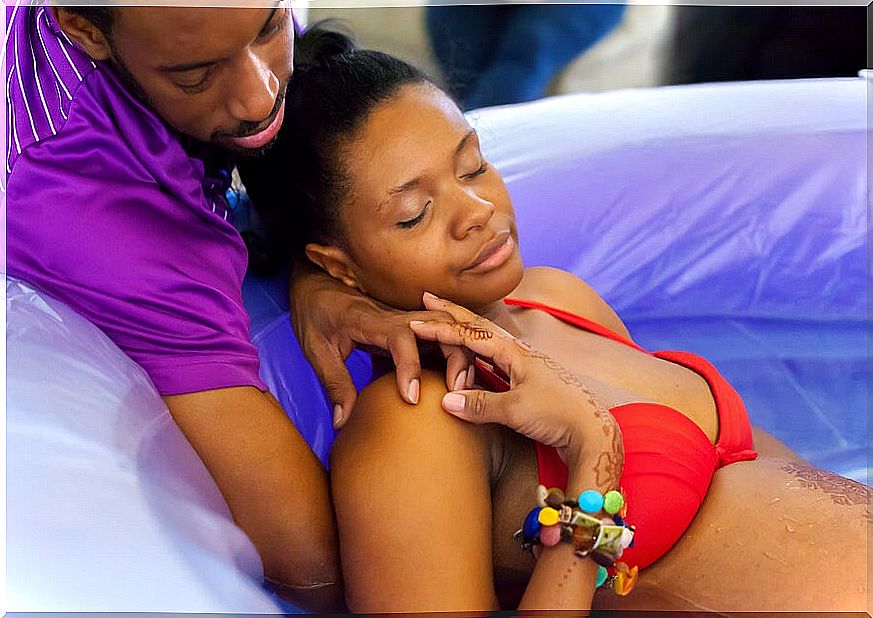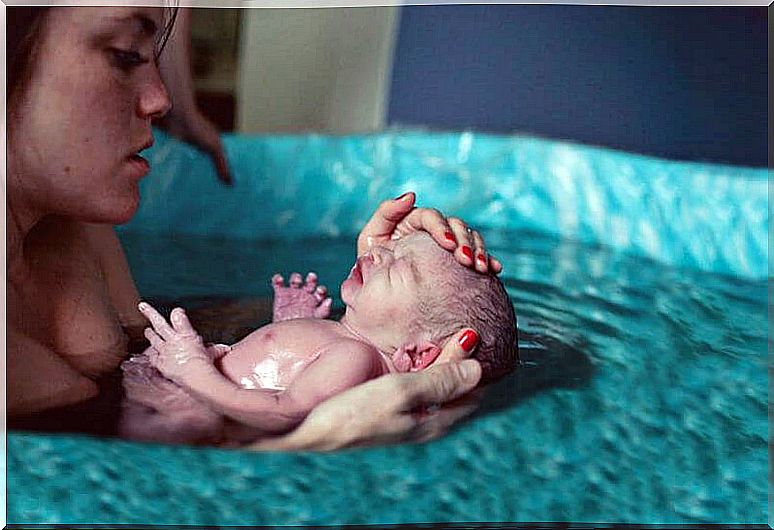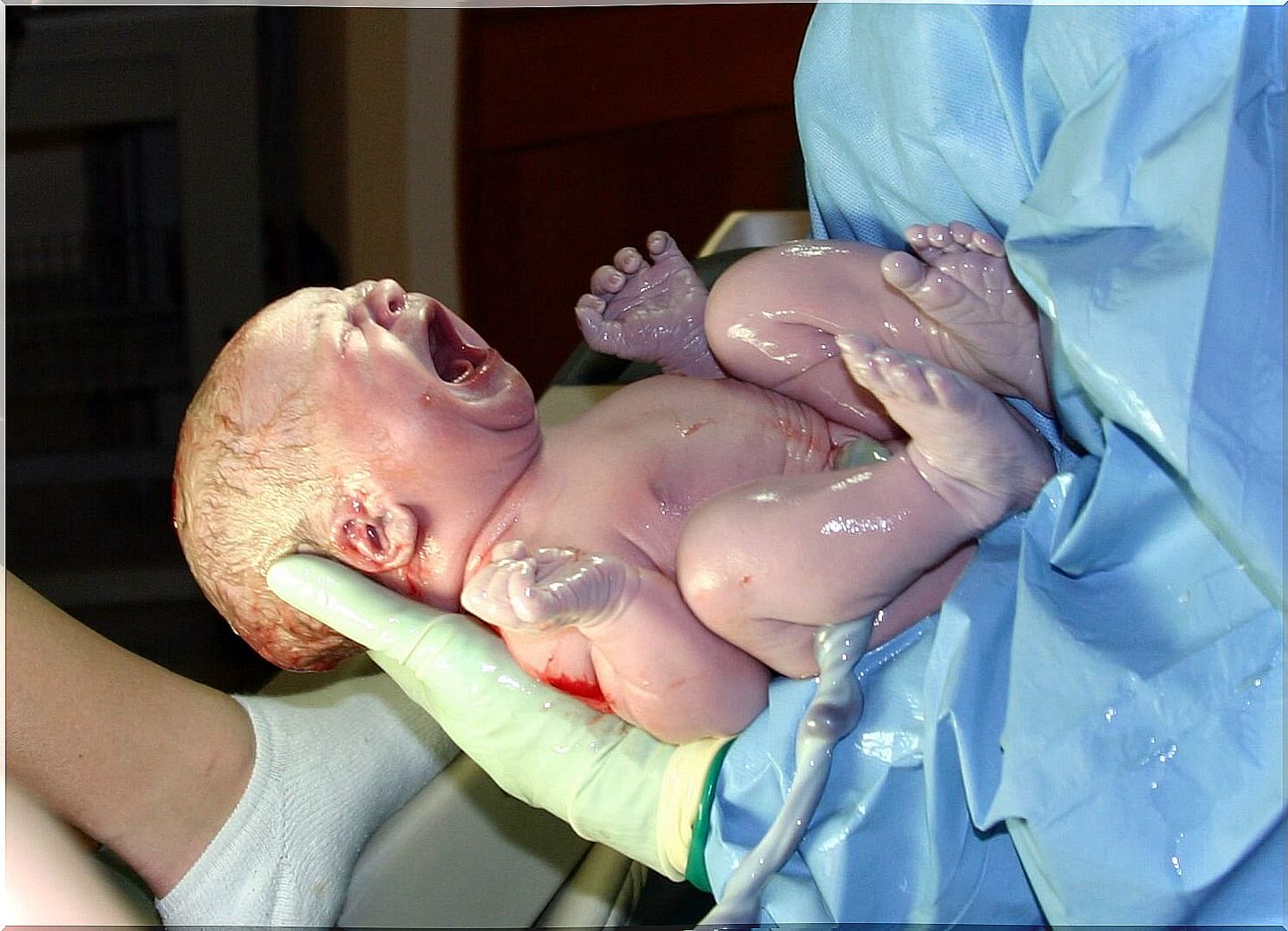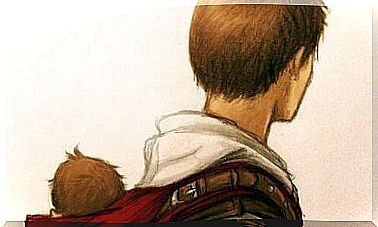Births In Different Cultures

The birth of a baby is one of the most important events in a woman’s life. The age and manner of bringing a creature into the world varies according to the customs and principles of each town or city. Births in different cultures have characteristics that have been fully respected for generations, without paying attention to advances in medicine and technology.
There are many techniques that assist the mother in the delivery. Among them is humanized natural delivery, normal with anesthesia, aquatic, induced, cesarean section, squat delivery and there are even cases of women who do it standing up; all this will depend on your health and culture.
Currently, in most countries there are health care centers that have exclusive delivery rooms with high technological advances. Thanks to this, this experience can be made as less traumatic as possible for both the mother and the baby; greater well-being and better health care are offered to both.
Births in the different cultures of Africa
Despite the advances that the human race has made in recent centuries and decades, there are still practices that underestimate the innovative care that has been made available to women. Births in different cultures can be cruel and offensive to the mother, as some radical customs widely differentiate them from the births to which much of the globe is accustomed.
The mutilations that African mothers receive in their genitals continue to generate debate around the world, as they are considered inhumane and incomprehensible practices. In addition to the aforementioned, at the time of giving birth, these women are exposed to the public and cannot express a single gesture of pain, since it would be classified as an offense to their family.
Indigenous communities
There are many rituals in indigenous populations, but what predominates in all of them is the delivery that takes place with the woman sitting or squatting, always vertically. At birth, mothers demonstrate their bravery before the people, guided by their deity.

The women in labor are always accompanied by the midwife and the husband ; the latter helps by pushing his wife’s abdomen to force the child out. The midwife, meanwhile, creates a link with God and entrusts the mother and child to protect them and give them health.
Giving birth in Oceania
In this culture, childbirth is a public act, just like in Africa. However, in this case, the intentions of the population that accompanies them are different. Family and friends are there to give encouragement to the new mother through songs and cries of love.
Women, after giving birth, are considered unclean, so they are isolated in an enclosure outside their homes with their children. They will only be able to return to their husband’s side when 15 days have elapsed after the birth.
Vertical delivery in the Philippines
On the other hand, in many populations of the Philippines, foot birth is practiced. In it, the midwife is placed on a bamboo roll while the woman in labor is suspended on ropes until she expels the child.
It is an extremely dangerous technique, which in fact has decreased after the high mortality rate due to severe bleeding suffered by mothers. For this reason, assistance to medical centers close to these populations has been gradually increasing.

Squat delivery
In ancient Egypt, women gave birth to their children squatting, as did the Aztecs in Mexico and some African populations. This position facilitates the expulsion of the child by the pressure applied by their own body to the abdomen and the inclination of the groin for their exit.
As much as science has evolved in terms of the techniques to bring children into the world, many populations continue with dangerous practices that cause unnecessary deaths by holding on to this type of birth in different cultures.
The ideal would be to find a balance between science and tradition so that the well-being of the mother and the baby prevails. There is no need to completely lose traditions, just relax them a bit and accept some contributions from medicine; Thus, the baby’s arrival in the world will be much easier and less risky.










